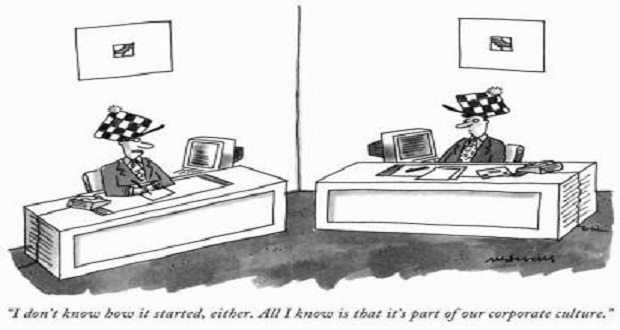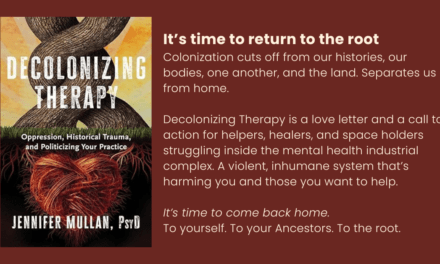
Much of the work around unconscious bias invites us to do the personal work to uncover those biases of which we are not aware. This is critical and in part 1 I outlined 5 conditions to begin to address our individual unconscious biases. In part 3 I suggested that not all biases are unconscious and therefore we also must work on those biases of which we are quite aware.
Today I want to go a bit deeper and introduce the notion of collective bias. In psychological parlance, Carl Jung defined collective bias as the part of the unconscious mind that is derived from ancestral memory and experience and is common to all humankind, as distinct from the individual’s unconscious.
Let’s consider the collective unconscious bias from the perspective of organizational culture… “the organizational memory and experience common to that institution.” Organizational culture can be defined as “just the way things are done around here” and management experts agree that organizational culture is largely unspoken, unwritten and I would add sometimes, unconscious—behaviors that are collectively understood as the way it is.
Consider these possible results of collective unconscious bias that may play out as follows:
- It is just understood that these are the schools we recruit from for new talent. Nobody questions it or considers there could be other options.
- There is a shared understanding that in order to get ahead you have to demonstrate your commitment to the organization by working long hours in the office…face time is key.
- Promotions are mostly based on “paying your dues”, putting in the time (years) as opposed to contribution.
- Women who choose to have a family face career limitations.
- Men don’t admit to taking time for child care responsibilities because it would be career limiting to do so.
- We are like family. Leaders are like fathers/mothers. Young employees are like our children. (Questions: Is everyone able to join the family? What if you don’t look like the family? Come from a different racial/ethnic group?)
- It is not safe for LGBT employees to be out.
- The company hires a certain “look”.
The list goes on and on. What collective biases can you think of that are present in your organization, that perhaps you have unconsciously bought into?!


















